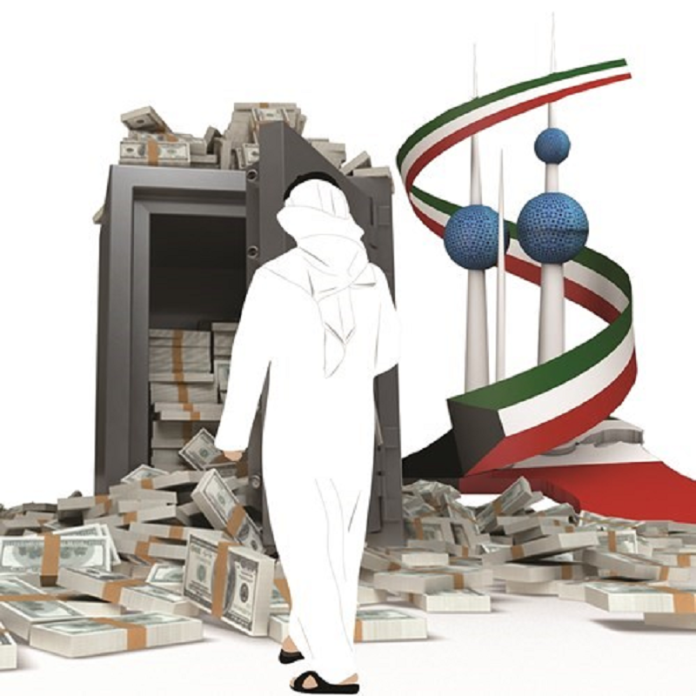Kuwait’s cash reserve declined at the end of last June to reach the level of 12.74 billion dinars, a decrease on a monthly basis of 4.85%, and a decrease of 650 million dinars during the month, compared to 13.39 billion dinars last May, noting that the last time the cash reserve reached its highest historical level was in October when it touched 13.88 billion dinars.
The country’s foreign exchange reserves represent the total cash balances, accounts, bonds, certificates of deposit, treasury bills, and foreign currency deposits with the Central Bank of Kuwait. By calculating the liquid reserves, we find that they covered Kuwait’s import needs for more than 13 months, which is 4 times more than the global average, where the safe limit is that it covers liquid foreign exchange reserves, barring gold. 3 months from the average value of the country’s imports.
As usual in all previous years, Kuwait’s gold reserves have not changed, which settled at 79 tons, according to the World Gold Reserve Council. The book value of that amount of gold in Kuwait is 31.7 million dinars, according to prices at the time of purchase and not at the current market value.
According to the monthly bulletin of the Central Bank of Kuwait, the bank’s total assets amounted to 12.96 billion dinars, distributed among liquid foreign reserves, which represent the bulk of 12.74 billion dinars, in addition to gold reserves worth 31.74 million dinars and other reserves by 186.95 dinars.
Foreign assets measure the strength of the external financial position and the ability to resist pressures on the local currency.























